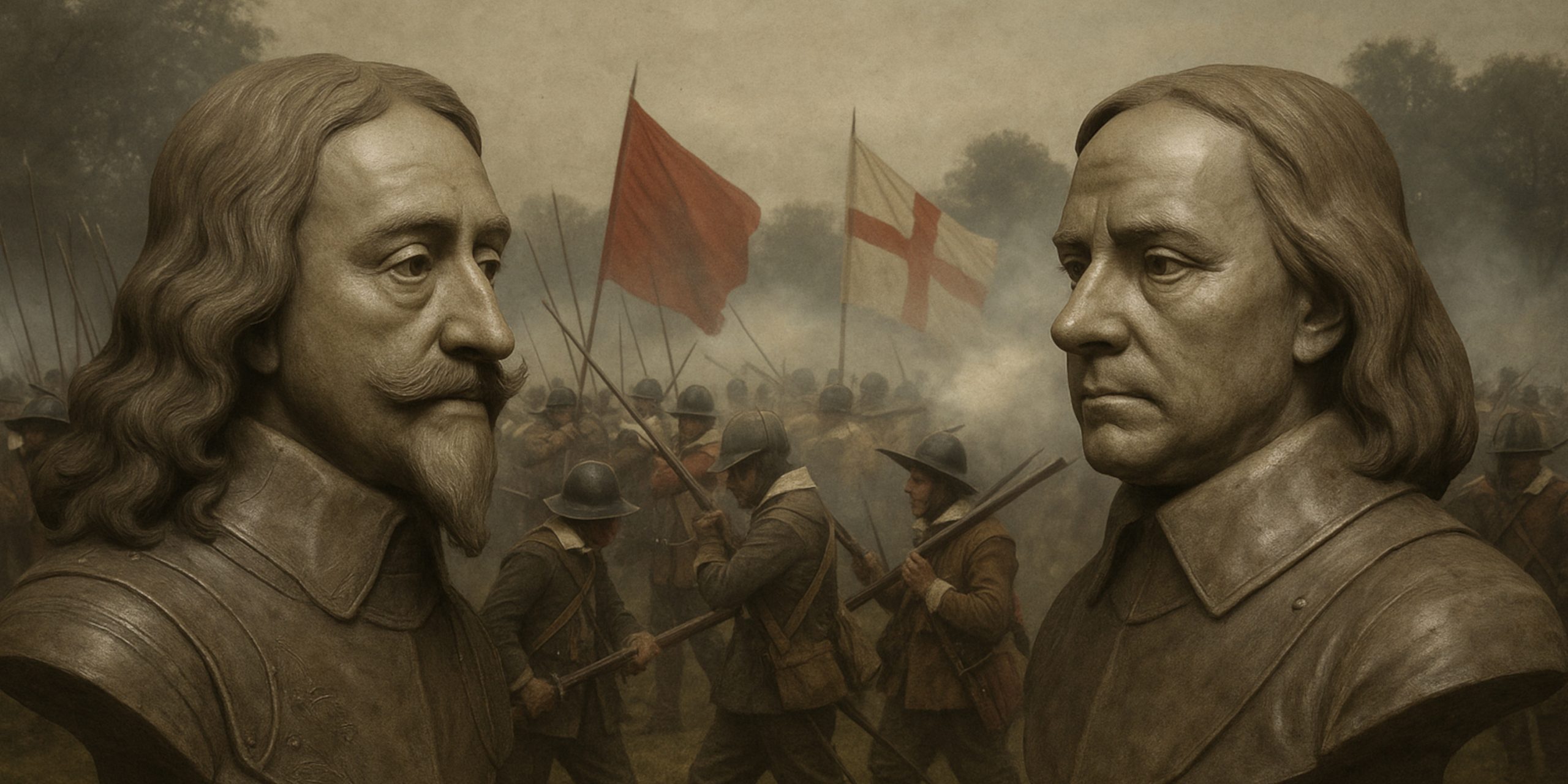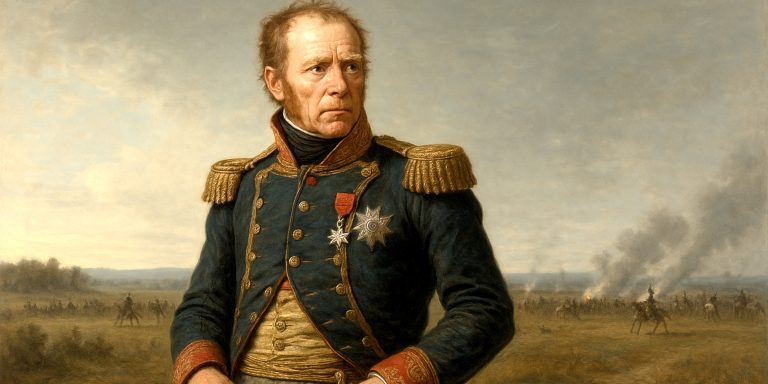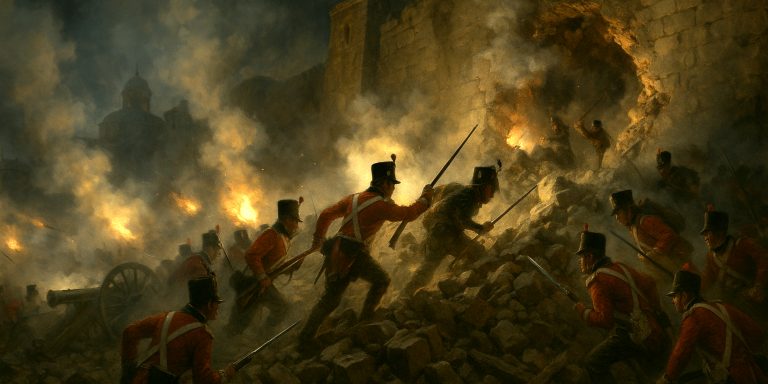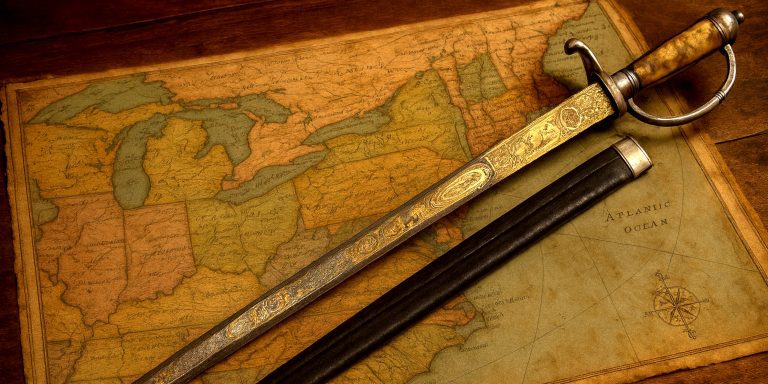
The English Civil War, spanning from 1642 to 1651, reshaped the political and constitutional landscape of the British Isles. It pitted Royalist forces loyal to King Charles I against Parliamentarian troops fighting under the banner of constitutional reform and, eventually, republican rule. Across a series of brutal engagements, both sides clashed in a contest not just of armies, but of ideologies. Below is a structured look at the major battles in reverse order, examining the course of each conflict through key commanders, force estimates, weapons, outcomes, and long-term consequences.
1. Battle of Edgehill (23 October 1642)
Commanders:
- Parliamentarians: Earl of Essex
- Royalists: King Charles I, Prince Rupert
Troop Estimates:
- Parliamentarians: 15,000
- Royalists: 13,500
Weapons Used:
Muskets, pikes, cannon, cavalry sabres
Outcome:
Inconclusive. Both sides suffered heavy losses and withdrew.
Legacy:
The first major battle of the war. It dashed hopes of a quick resolution and confirmed the scale of the conflict to come.
2. Battle of Hopton Heath (19 March 1643)
Commanders:
- Parliamentarians: Sir John Gell
- Royalists: Earl of Northampton
Troop Estimates:
- Roughly 1,500 per side
Weapons Used:
Muskets, cavalry swords, pikes
Outcome:
Tactically inconclusive. The Earl of Northampton was killed.
Legacy:
A localised yet symbolic engagement. It highlighted the intensity of regional fighting across England.
3. Battle of Stratton (16 May 1643)
Commanders:
- Parliamentarians: Earl of Stamford
- Royalists: Sir Ralph Hopton
Troop Estimates:
- Parliamentarians: 5,400
- Royalists: 3,000
Weapons Used:
Muskets, pikes, sabres
Outcome:
Royalist victory.
Legacy:
Secured Royalist dominance in Cornwall and the West Country.
4. Battle of Adwalton Moor (30 June 1643)
Commanders:
- Parliamentarians: Lord Fairfax
- Royalists: Earl of Newcastle
Troop Estimates:
- Parliamentarians: 7,000
- Royalists: 10,000
Weapons Used:
Pikes, muskets, swords
Outcome:
Royalist victory.
Legacy:
Paved the way for Royalist control across Yorkshire.
5. Battle of Lansdowne (5 July 1643)
Commanders:
- Parliamentarians: Sir William Waller
- Royalists: Lord Hopton
Troop Estimates:
- Parliamentarians: 3,000
- Royalists: 6,000
Weapons Used:
Muskets, pikes, sabres
Outcome:
Indecisive. Both sides sustained significant casualties.
Legacy:
Though tactically unresolved, the Royalists maintained their campaign in the southwest.
6. Battle of Newbury (First) (20 September 1643)
Commanders:
- Parliamentarians: Earl of Essex
- Royalists: King Charles I
Troop Estimates:
- Parliamentarians: 14,000
- Royalists: 10,000
Weapons Used:
Muskets, pikes, cavalry weapons
Outcome:
Parliamentarian success in halting the Royalist advance.
Legacy:
Ensured Parliament maintained control over key southern regions.
7. Battle of Cheriton (29 March 1644)
Commanders:
- Parliamentarians: Sir William Waller
- Royalists: Ralph Hopton
Troop Estimates:
- Parliamentarians: 10,000
- Royalists: 6,000
Weapons Used:
Muskets, sabres, pikes
Outcome:
Parliamentarian victory.
Legacy:
Significantly reduced Royalist influence in the south of England.
8. Battle of Cropredy Bridge (29 June 1644)
Commanders:
- Parliamentarians: Sir William Waller
- Royalists: King Charles I
Troop Estimates:
- Parliamentarians: 7,000
- Royalists: 10,000
Weapons Used:
Pikes, muskets, swords
Outcome:
Royalist victory.
Legacy:
One of Charles’s few personal battlefield successes. Reasserted Royalist presence in Oxfordshire.
9. Battle of Marston Moor (2 July 1644)
Commanders:
- Parliamentarians and Scots: Lord Fairfax, Oliver Cromwell, Alexander Leslie
- Royalists: Prince Rupert, Marquess of Newcastle
Troop Estimates:
- Parliamentarian-Scottish alliance: 27,000
- Royalists: 18,000
Weapons Used:
Muskets, pikes, claymores, artillery
Outcome:
Parliamentarian-Scottish victory.
Legacy:
The north was lost to the Royalists. Cromwell’s cavalry proved decisive and gained reputation.
10. Battle of Newbury (Second) (27 October 1644)
Commanders:
- Parliamentarians: Essex, Manchester, Waller
- Royalists: King Charles I
Troop Estimates:
- Parliamentarians: 19,000
- Royalists: 10,000
Weapons Used:
Cannon, muskets, cavalry weapons
Outcome:
Inconclusive tactically, though the Royalists retreated.
Legacy:
Exposed divisions within Parliament’s command. Led to the Self-Denying Ordinance and reforms.
11. Battle of Naseby (14 June 1645)
Commanders:
- Parliamentarians: Thomas Fairfax, Oliver Cromwell
- Royalists: King Charles I, Prince Rupert
Troop Estimates:
- Parliamentarians: 14,000
- Royalists: 9,000
Weapons Used:
Muskets, pikes, sabres, artillery
Outcome:
Crushing Parliamentarian victory.
Legacy:
The decisive turning point of the war. Charles’s army was effectively destroyed.
12. Battle of Langport (10 July 1645)
Commanders:
- Parliamentarians: Thomas Fairfax
- Royalists: Lord Goring
Troop Estimates:
- Parliamentarians: 10,000
- Royalists: 7,000
Weapons Used:
Muskets, cavalry weapons, cannon
Outcome:
Parliamentarian victory.
Legacy:
Wiped out Royalist forces in the west. Left Bristol vulnerable.
13. Battle of St Fagans (8 May 1648)
Commanders:
- Parliamentarians: Thomas Horton
- Royalists: Rowland Laugharne
Troop Estimates:
- Parliamentarians: 3,000
- Royalists: 8,000
Weapons Used:
Muskets, sabres, pikes
Outcome:
Parliamentarian victory.
Legacy:
Crushed the Welsh Royalist uprising at the start of the Second Civil War.
14. Battle of Colchester (June–August 1648)
Commanders:
- Parliamentarians: Thomas Fairfax
- Royalists: Charles Lucas, George Lisle
Troop Estimates:
- Parliamentarians: 5,000
- Royalists: 4,000
Weapons Used:
Artillery, muskets, swords
Outcome:
Parliamentarian siege victory.
Legacy:
Rebels surrendered after starvation. The execution of Royalist leaders signalled a hardening tone.
15. Battle of Preston (17–19 August 1648)
Commanders:
- Parliamentarians: Oliver Cromwell
- Royalists: Duke of Hamilton
Troop Estimates:
- Parliamentarians: 9,000
- Royalists: 20,000
Weapons Used:
Flintlocks, pikes, sabres
Outcome:
Parliamentarian victory.
Legacy:
Destroyed the Royalist army in the north and confirmed Parliament’s control. Led to Charles’s capture and trial.
16. Battle of Dunbar (3 September 1650)
Commanders:
- Parliamentarians: Oliver Cromwell
- Royalists (Scots): David Leslie
Troop Estimates:
- Parliamentarians: 11,000
- Royalists: 12,000
Weapons Used:
Matchlock muskets, cavalry sabres, cannon
Outcome:
Parliamentarian rout of the Scots.
Legacy:
Allowed Cromwell to occupy Edinburgh. Major blow to Charles II’s hopes in Scotland.
17. Battle of Inverkeithing (20 July 1651)
Commanders:
- Parliamentarians: John Lambert
- Royalists: James Holborne
Troop Estimates:
- Parliamentarians: 4,000
- Royalists: 4,500
Weapons Used:
Claymores, muskets, sabres
Outcome:
Parliamentarian victory.
Legacy:
Severely weakened the Scottish Royalist defence ahead of Cromwell’s final march.
18. Battle of Worcester (3 September 1651)
Commanders:
- Parliamentarians: Oliver Cromwell
- Royalists: Charles II, David Leslie
Troop Estimates:
- Parliamentarians: 28,000
- Royalists: 16,000
Weapons Used:
Pikes, muskets, cavalry weapons, field cannon
Outcome:
Crushing Parliamentarian victory. Charles II escaped abroad.
Legacy:
Final battle of the English Civil War. Confirmed Cromwell’s military supremacy and the collapse of Royalist resistance.
Watch the documentary:



